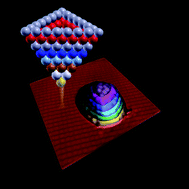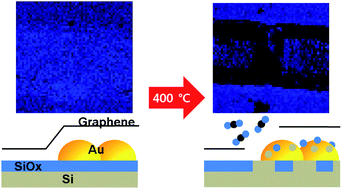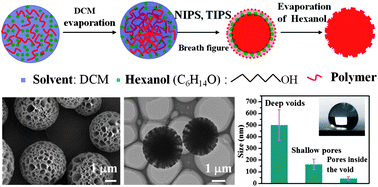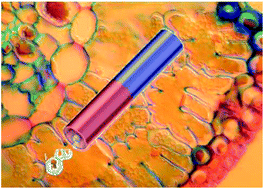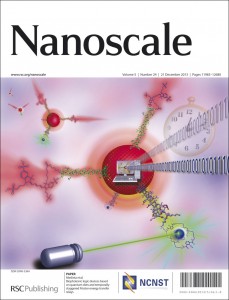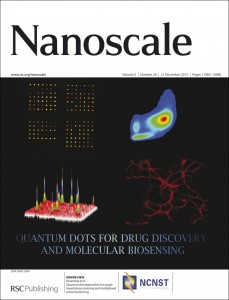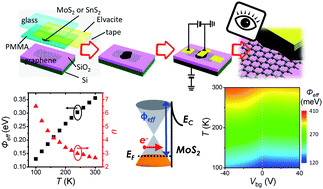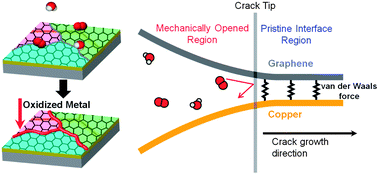Take a look at this week’s selection! These articles are available free for a limited time:
Synthesis of Mn2O3 nanomaterials with controllable porosity and thickness for enhanced lithium-ion batteries performance
Xing Zhang, Yitai Qian, Yongchun Zhu and Kaibin Tang
DOI: 10.1039/C3NR05551E, Paper
Light extraction enhancement with radiation pattern shaping of LEDs by waveguiding nanorods with impedance-matching tips
Yu-Hsuan Hsiao, Cheng-Ying Chen, Li-Chuan Huang, Guan-Jhong Lin, Der-Hsien Lien, Jian-Jang Huang and Jr-Hau He
DOI: 10.1039/C3NR05226E, Paper
Transport of nanoparticles through the blood–brain barrier for imaging and therapeutic applications
Malka Shilo, Menachem Motiei, Panet Hana and Rachela Popovtzer
DOI: 10.1039/C3NR04878K, Paper
Probing the atomic structure of metallic nanoclusters with the tip of a scanning tunneling microscope
Koen Schouteden, Koen Lauwaet, Ewald Janssens, Giovanni Barcaro, Alessandro Fortunelli, Chris Van Haesendonck and Peter Lievens
DOI: 10.1039/C3NR03585A, Paper


